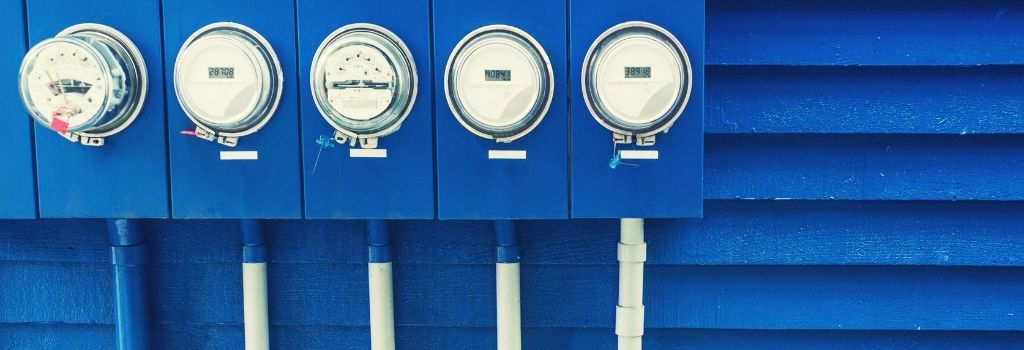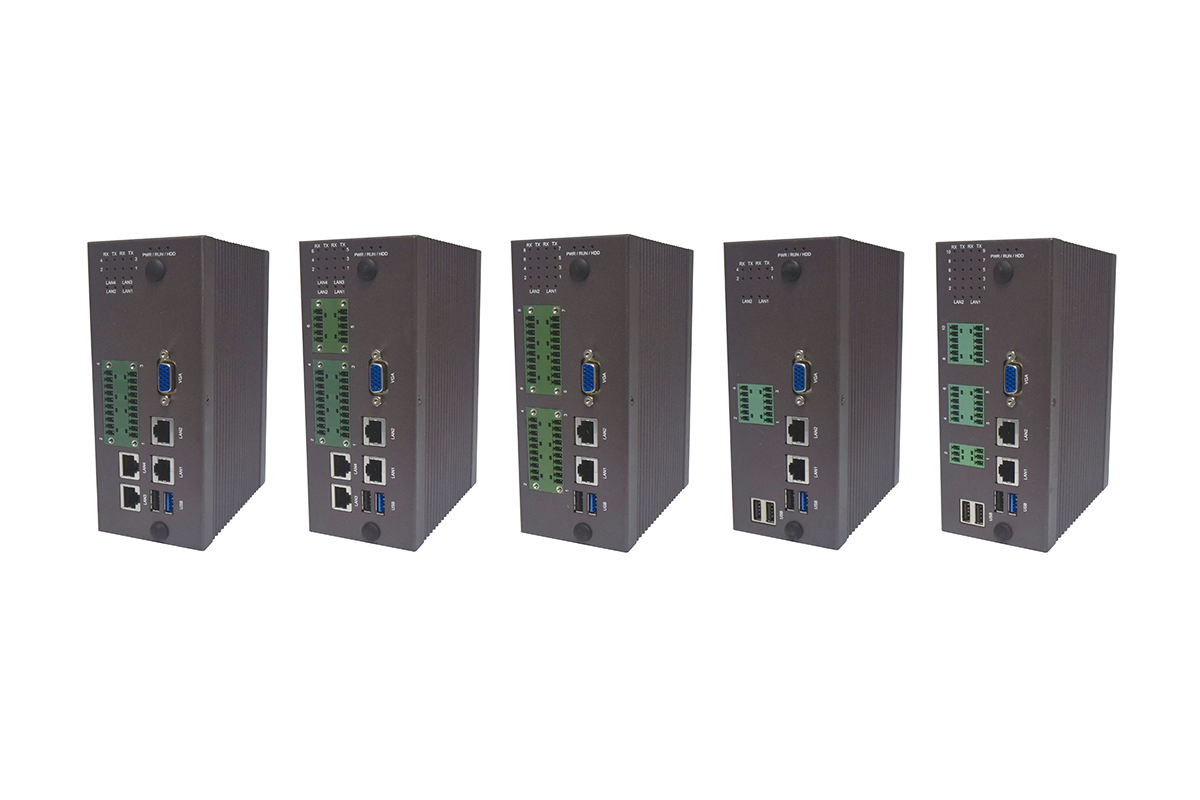Understanding how your equipment or entire buildings are using (or wasting) energy can help your organization drive substantial energy savings. The solution is based on IoT sensors or meters, an Industrial IoT gateway such as Lanner’s LEC-3031, and an operations and monitoring center.
Challenges for maintaining a steady power usage.
For many industries, power monitoring does not only helps save money but can also be quite critical for their production. For instance, printing or manufacturing machinery might need reliant power to ensure productivity. Any degree of downtime in these scenarios can be devastating.
Unfortunately, the power consumption in industrial buildings can be pretty irregular and unpredictable. A deviation in power consumption can be strongly correlated to faulty equipment or incorrect operations. Old equipment or unattended running machines may lead to inefficient energy expenses. Identifying those correlations and optimizing energy consumption can be pretty challenging, especially when there are many minor faults over a long period.
Although organizations may already have the necessary OT equipment such as electricity meters or sensors to measure and capture power consumption data, most OT equipment lacks vital technologies to enable remote and real-time monitoring.
Challenges include:
- Lack of data collected in real-time. Many organizations still record and analyze collected electric data manually and only at specific times. These organizations do not have the technology to process real-time power consumption data when needed.
- Extensive data can be hard to send. The amount of collected power consumption data can grow into large volumes, making it challenging to store or send remotely to extract valuable insights.
- Lack of IT integration isolates OT equipment. Another challenge is the current poor integration of different types of electricity meters with IT systems. Current OT power monitoring and electrical control systems do not allow remote monitoring.
Energy-Saving and Power Monitoring Solution
The IoT-based energy-saving and power monitoring solution helps tackle the aforementioned challenges. It collects data from multiple IoT energy meters or sensors. The IoT smart sensors or meters are interconnected (via wireless) to an Industrial IoT gateway that pre-processes (converts, deduplicates, compresses, or encrypts) data. The Industrial IoT gateway, in turn, forwards the data to a local or cloud-based server for monitoring, logging/reporting, or analytics.

a. Energy monitoring sensors:
IoT-based energy monitoring sensors range from current sensors to current transducers, or three-phase current meters. These sensors measure the Alternating Current (AC) in a wire, and they can be deployed on a machine, circuit, or area to monitor energy consumption. Modern IoT current sensors support wireless communications (especially LoRaWAN). The IoT energy sensors collect data and send it to a nearby Industrial IoT gateway.
b. The Industrial IoT gateway.
The Industrial IoT gateway pre-processes (converts, deduplicates, compresses, or encrypts) data and forwards it to a local or cloud-based server for monitoring, logging/reporting, or analytics. The Industrial IoT gateway should be designed for IIoT/IoT edge, where devices and sensors communicate in real-time, and data is processed closer to its point of origin to reduce latencies associated with the cloud, improve security and improve user experience.
Lanner’s LEC-3031: The Industrial IoT Gateway for the IIoT/IoT edge.
The Lanner LEC-3031 is a series of high-performance, and wide-temperature DIN-rail Box PCs, perfect for connecting the IIoT sensors and meters. It features a dual-core Intel® Atom E3825 (codenamed Bay Trail), a processor designed to work in challenging environmental conditions like Industrial commercial temperature and industrial extended temperatures. The appliance provides intelligent edge capabilities and may run dedicated IoT power monitoring software to keep track of power and energy parameters and send data to a remote monitoring center.
Lanner’s LEC-3031 Highlights
- Wide operating temperature range (-40~70°C)
- Optional 4G-LTE Mobile Connectivity
- Rich Serial I/O
- Isolation and ESD Protection
- 2 (or 4) Isolated GbE LAN

c. Monitoring Center.
The data travels to a local or cloud MQTT broker or IoT platform. Authorized monitoring personnel can access the data to understand the trends and behaviors of energy consumption and correct any unnecessary or inefficient energy usage expenses. They can also feed the data into an energy monitoring application to keep track of every machine’s energy utilization in real-time or across time. This helps the personnel make well-informed decisions on where to save or optimize energy.
Benefits of energy-saving and power monitoring solution.
The most obvious benefit of using an energy monitoring system is the significant reduction in electric energy expenses. Power monitoring staff can analyze data and then take the right action to reduce power consumption and save energy.
Other benefits?
1. Real-time data monitoring. The IoT-based energy monitoring system keeps track of power consumption in real-time. With real-time data, the monitoring staff will be able to actively measure how much energy a building or factory area is consuming and take immediate corrective actions. Monitoring staff can also create energy benchmarks to generate alerts on sudden spikes. They can also use benchmarks to know if energy performance is improving or worsening and make wiser decisions on how to spend energy.
2. Energy Accounting and Reporting. The energy monitoring system also provides energy accounting to track energy consumption over time, identify where energy is being used the most (or wasted the most), and thus decide where to save energy. Energy accounting helps measure, analyze, and report the power consumption of different components within a factory or building. It can give you a breakup of the energy share of the various pieces of equipment and places. Energy accounting may help you estimate the energy bill before being provided by the power utility company.
3. Monitor operating equipment. When equipment fails, or its standard operations change, the entire energy consumption patterns will also change. Analyzing power consumption patterns can help identify those potential faults or abnormal operations and act accordingly. Live energy consumption data helps determine whether your equipment needs maintenance or repair. In addition, monitoring operating equipment will help optimize uptime, forecast maintenance, and help use equipment more energy-efficiently.
4. Real-time data analytics. With analytics software and IoT-generated and environmental data, energy consumption can be more easily controlled. Analytics software can transform data into actionable insights. It helps understand how much energy is being spent on all connected equipment and provides recommendations or corrective actions. Power consumption analytics software can help identify faults, Residual Current Monitoring (RCM) power quality, and more.
Next Steps.
For more information on the energy-saving and power monitoring solution, please contact Lanner’s sales representative.







